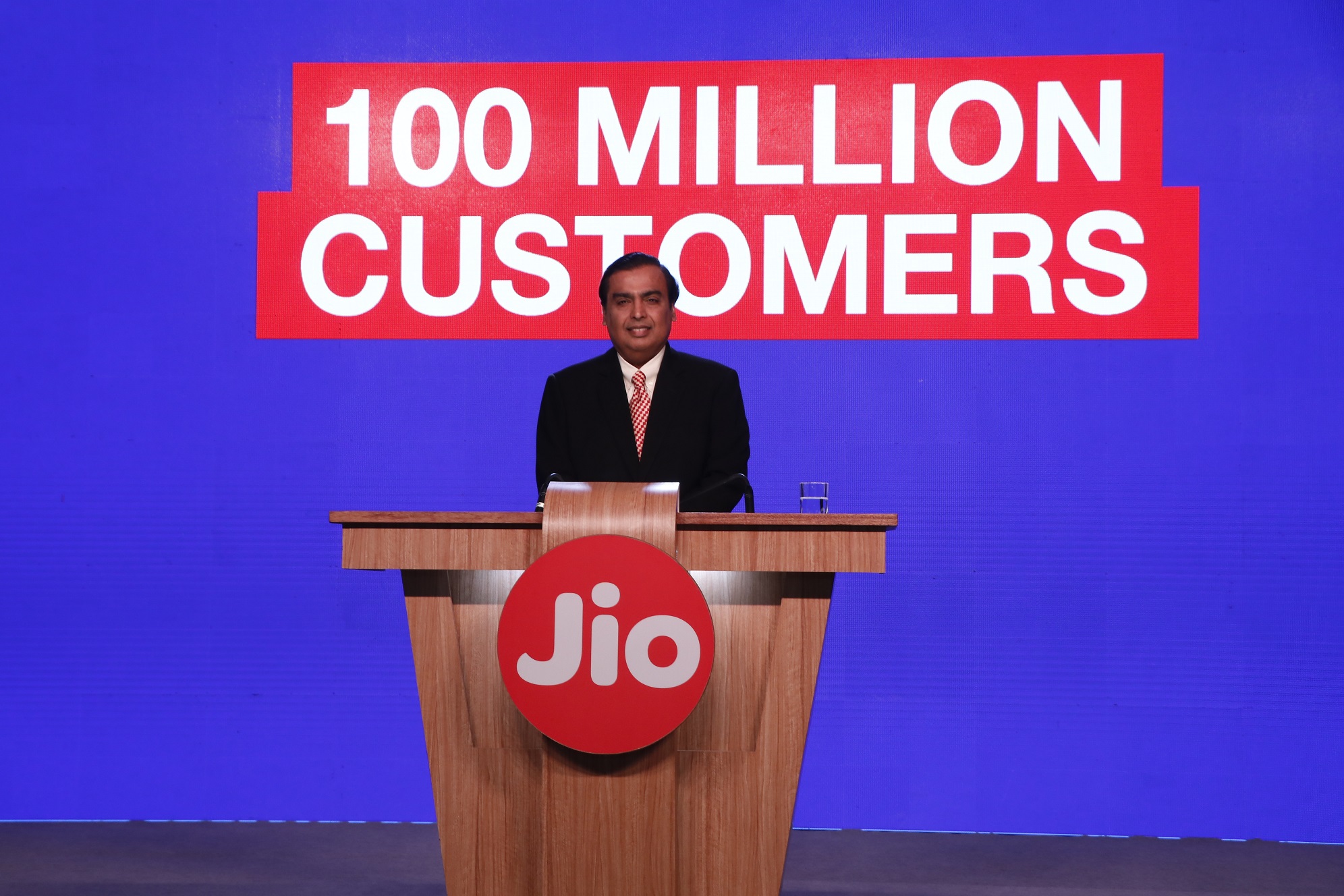Mukesh Ambani’s Infocomm Reliance Jio is in talks with US handset producer Flex to produce about 10 crores (100 million) mobile phone handsets locally as the company seeks to expand its market share.
Jio has been in talks for shifting its phone production to India after supply glitches in China. According to ET sources, “Jio is in advanced discussions for a large order and that has caused a stir in the market, even prompting Flex to negotiate some tax benefits with the government in the SEZ where its factory is located in Chennai”. Another source added, “However, the company wants to be able to sell the produced units in the domestic tariff area (DTA), without attracting the duties, at rates similar to that of FTAs”.
Experts say that a favorable move by the government will allow the selling of goods in the DTAs without attracting duties, allowing the handsets to be priced affordably making it easier for the first-time buyers of a smartphone.
Data from Counterpoint Research showed that 11.8 crores (118 million) and 13.4 crores (134 million) smartphones were sold in 2016 and 2017, respectively, in India. The agency expects the number to be around 15 crores in 2018. According to an ICICI Securities report on the telecom regulator’s data, Vodafone Idea was leading the pack, with a revenue market share of 32.8 percent, followed by Bharti Airtel at 30.9 percent, and Reliance Jio at 26.1 percent. However, Jio was gaining due to expanding market share in the rural areas and tier-3 towns after the launch of VoLTE JioPhone.
Navkender Singh, ARD at market tracker IDC, said Jio is currently in a sweet spot and could target the top end of feature phone users to convert them into the ₹2,000-Rs 2,500 smartphone-user segment. Singh said, “To pull this off successfully, Jio will have to take care of the maintenance of the phone along with, maybe, 1GB of data a day,” Singh added, “There is no point in buying a phone at ₹2,000 if a broken screen would require a ₹1,000 charge. So, Jio will have to absorb this cost if it wants customers to buy in” explaining that one of the concerns deterring featurephone users from switching was the scare of easily broken screens, which could cost up to half of a new smartphone.

